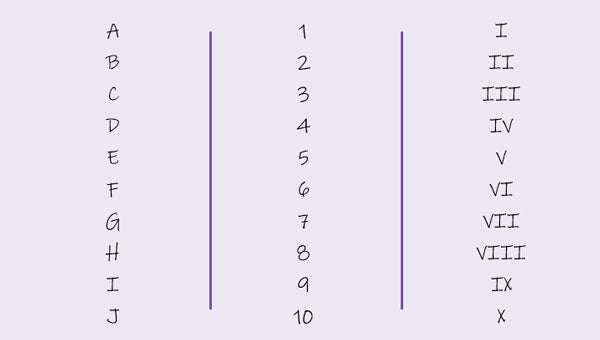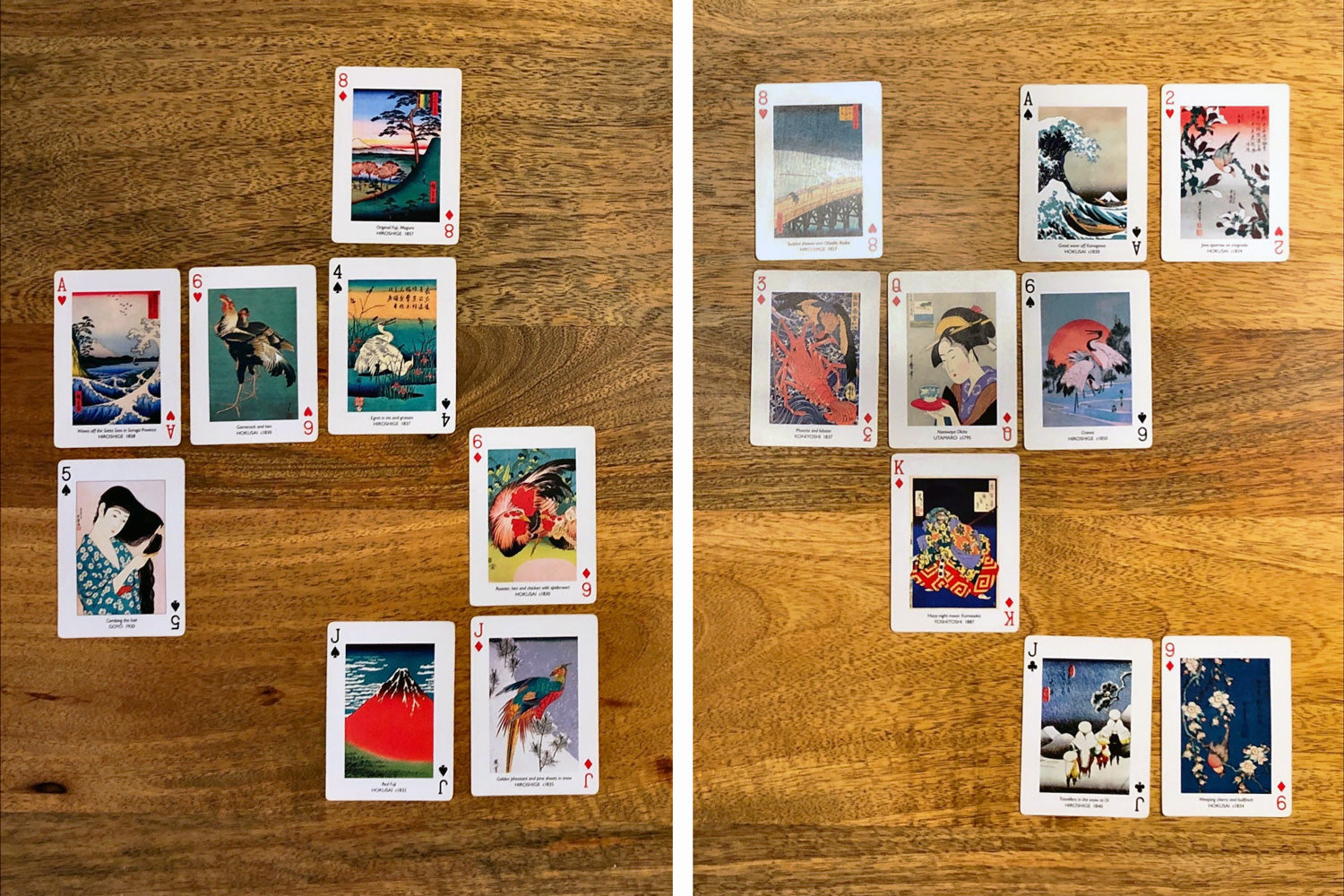Purpose
These days, we want to multitask everything and all at once. Sometimes, when the work is routine, multitasking improves performance; for example, when you are cooking something you already know. Most often though, it tends to reduce performance.
This exercise elegantly demonstrates how multitasking can be detrimental. It is a simple exercise with two rounds where one round is designed with multitasking where delegates have to switch between different tasks. In the other round, task are approached in sequence. Delegates can then compare their performance across the two rounds.
This exercise is ideal for teams, teaching productivity and time management. It is also useful for project management, agile methods and task management.
Objective
Fill in three columns based on instructions provided in two different iterations and compare performance.
What You Need
- Papers and pens
- Timer for each person
Setup
- Distribute papers and pens.
- Ask delegates to draw two vertical lines on their papers to divide them into three columns. They need two papers like this.
- Explain that there are two rounds. Delegates should follow the instructions and their performance is timed. They should therefore perform as fast as they can.
- Ask delegates to time their own performance.
ROUND 1: Multi-Tasking
- You have three projects to run and you must go through them while multi-tasking. The three projects are:
- Write letters A to J
- Write numbers 1-10
- Write Roman numerals I to X
- Instead of using the above set of projects, you could also consider other sequences. See Variations at the end for more.
- Each of the three columns correspond to each of the projects.
- Start your timer.
- For this task write A in the first column, then 1 in the second column, then I in the third and then back to B in the first column and so on until all are written down.
- As soon as you have finished stop the timer and record the time.
ROUND 2: Sequential Work
- In this round, instead of multi-tasking, delegates should address one project at a time. They should write A to J first, then move on the second column for 1 to 10 and then finally I to X.
- They should time their performance as before and record it.
Continue to Comparison
- Bring back everyone together.
- Ask delegates to share their timings for the first and second iterations and record them in a table on a flipchart or whiteboard.
- You should expect to see that they will go through round 2 faster than round 1.
- Highlight this improvement and start a discussion on what this result means and how it can apply to work in general.
- You could use this exercise on non-memory-based tasks to further highlight the key point. Consider this specially if you have delegates who show resistance to the concept. See Variations below.
Timing
Explaining the Exercise: 2 minutes
Activity: 10 minutes
Group Feedback: 5 minutes
Discussion
What do you think of multi-tasking? Were you surprised with the results in this exercise or did you expect it? Why do you think people insist on multi-tasking when it is actually not that productive for mentally-engaging tasks? What strategies can you use to train your minds to stay focused on one task at a time and to resist the temptation to switch to another job? In what ways can you change the way you approach your work to increase your performance now that you have seen the results of this exercise?
Variations
You can make this exercise more challenging to further highlight the issue. You could also change various aspects of it to further deliver the message home. Consider these variations:
- Choose a bigger task. For example, delegates have to write from A-Z and 1-26, and I-XXVI.
- Add an extra column with a filler task. For example, add a column between columns 1 and 2. In this column, delegates must write the name of a colour at random; examples are green, blue, orange, purple,…
- The three projects are as follows:
- Write 6 to 16
- Write J-A
- Write 87 to 77
- Choose three projects that demand thinking as opposed to accessing memory. By making the tasks more mentally engaging, performance will be significantly different between the two iterations. This can help you to further illustrate the point to sceptics. The three projects are shown below. Only explain the concept of the sequence of numbers and let them work out them sequence themselves.
- Write the Fibonacci numbers: 0, 1, 1, 2, 3, 5, 8, 13, 21, 34.
- Write square numbers: 1, 4, 9, 16, 25, 36, …, 100
- Write triangular numbers: 1, 3, 6, 10, 15, …, 45 (Count the objects that can form an equilateral triangle)
Soft Skills Training Materials
Get downloadable training materials
Online Train the Trainer Course:
Core Skills
Learn How to Become the Best Trainer in Your Field
All Tags
Training Resources for You

Course Design Strategy
Available as paperback and ebook

Free Training Resources
Download a free comprehensive training package including training guidelines, soft skills training activities, assessment forms and useful training resources that you can use to enhance your courses.

Our Comprehensive Guide to Body Language

Train the Trainer Resources
Get Insights - Read Guides and Books - Attend Courses
Training Materials
Get downloadable training materials on: Management Training, Personal Development, Interpersonal Development, Human Resources, and Sales & Marketing














Leave a comment
All comments are moderated before being published.
This site is protected by hCaptcha and the hCaptcha Privacy Policy and Terms of Service apply.